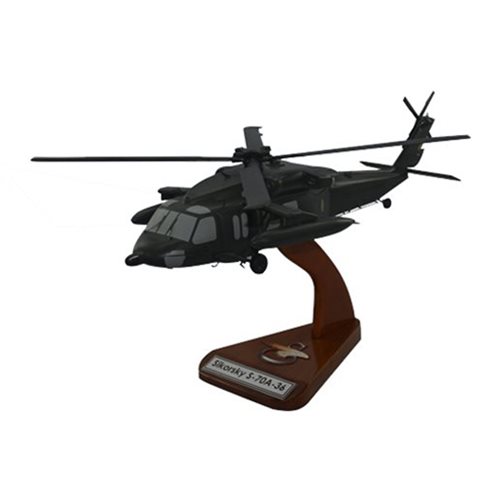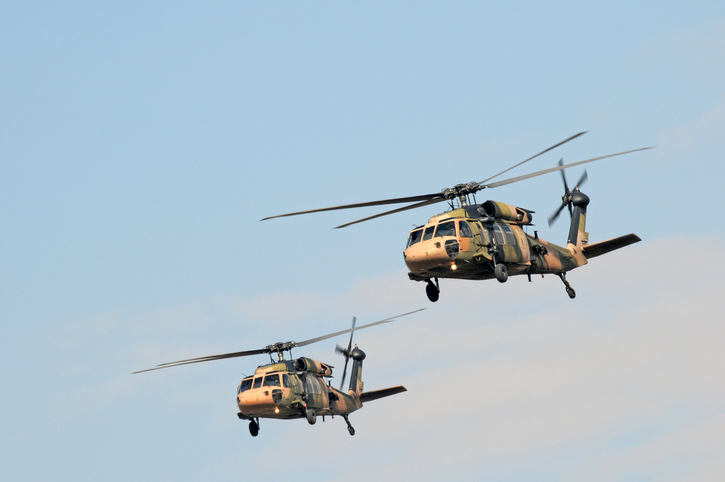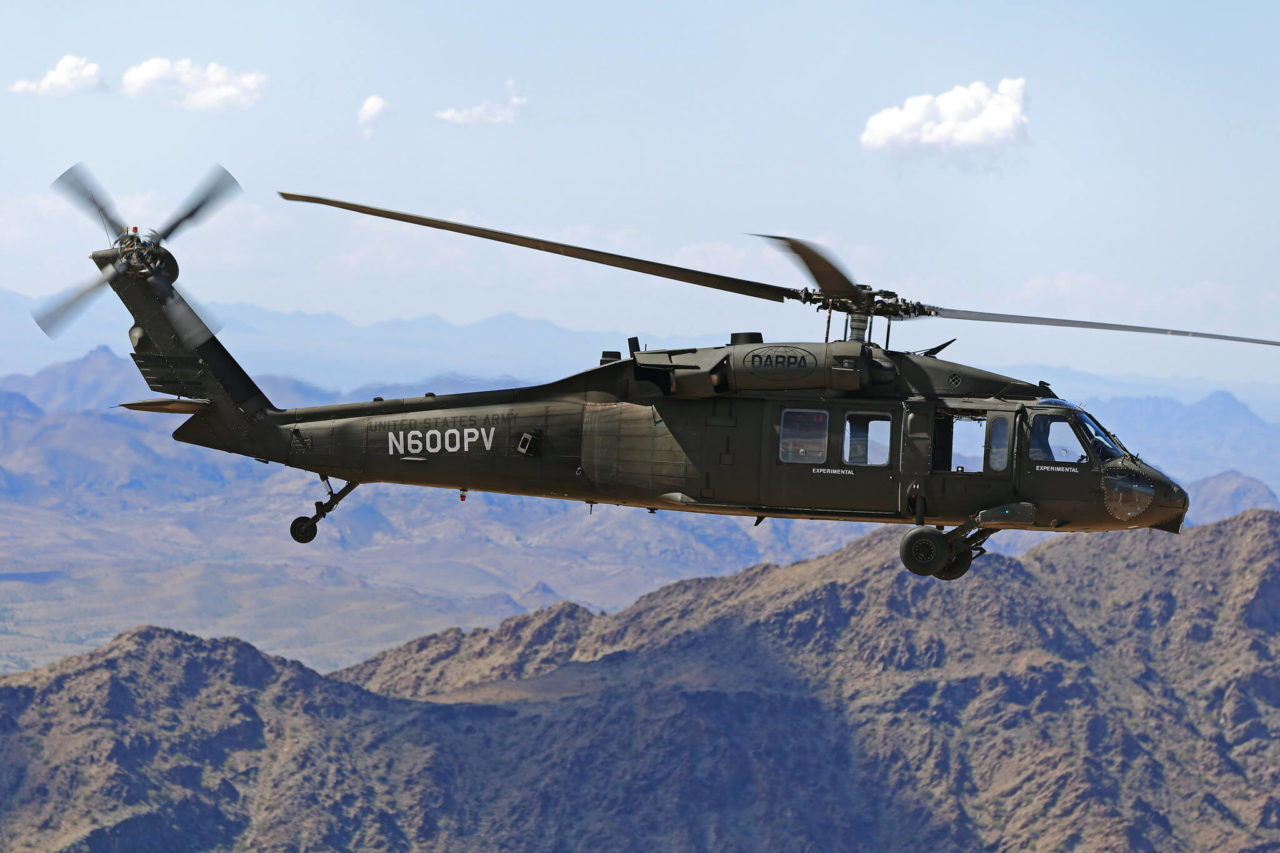Exploring the Capacities of the Sikorsky S 70: A Comprehensive Review
Exploring the Capacities of the Sikorsky S 70: A Comprehensive Review
Blog Article
High-Performance Multi-Role Rotorcraft Featuring Advanced Cockpit Technologies and Integrated Sensing Unit Systems
The realm of rotorcraft technology has seen noteworthy innovations in current times, specifically in the world of high-performance multi-role rotorcraft furnished with sophisticated cabin modern technologies and flawlessly incorporated sensor systems. These advancements have not only enhanced the operational capabilities of rotorcraft yet have actually likewise substantially influenced modern aeronautics operations on numerous fronts. From boosted goal flexibility to boosted operational efficiency, the merging of advanced cockpit technologies and integrated sensing unit systems has ushered in a brand-new age of possibilities for rotorcraft applications. In the adhering to discussion, we will discover the development of rotorcraft innovation, explore the realm of innovative cockpit innovations, and check out the ramifications of integrated sensing unit systems on the operational convenience and effectiveness of modern rotorcraft.
Evolution of Rotorcraft Technology
The development of rotorcraft technology has been marked by considerable developments in aerodynamics, materials, and propulsion systems, shaping the abilities and efficiency of contemporary rotorcraft. Furthermore, advancements in propulsion systems, including more effective engines and innovative propulsion modern technologies, have actually made it possible for rotorcraft to accomplish higher altitudes, faster rates, and higher payloads.
These innovations have not just changed the abilities of rotorcraft however have additionally increased their applications across various sectors, consisting of military, business, and emergency services. The continual development of rotorcraft technology continues to drive technology in the area, pushing the borders of what is feasible and shaping the future of upright flight.
Advanced Cabin Innovations
Building upon the fundamental developments in aerodynamics, products, and propulsion systems, the world of rotorcraft innovation now changes focus in the direction of pioneering Advanced Cabin Innovations. The combination of cutting-edge modern technologies within the cockpit setting plays a vital role in boosting the operational abilities, safety, and performance of modern-day rotorcraft. sikorsky s 70. Advanced Cabin Innovations include a large selection of features made to offer pilots with boosted situational awareness, structured information management, and user-friendly control user interfaces
One of the crucial advancements in cabin layout is the implementation of glass cockpits, which change traditional analog assesses with high-resolution display screens. These digital systems provide adjustable formats, real-time data integration, and enhanced readability, making it possible for pilots to access essential information at a glimpse. Advanced avionics systems, such as fly-by-wire controls and increased truth display screens, are changing how pilots communicate with the aircraft, enabling for exact control and boosted decision-making capabilities.


Integrating sophisticated cockpit advancements not just improves pilot efficiency however additionally adds to total goal efficiency and safety and security in complicated operational atmospheres. By leveraging state-of-the-art modern technologies within the cabin, rotorcraft producers are establishing new criteria for operational quality and mission success.
Integrated Sensing Unit Systems
With the evolution of rotorcraft modern technology, the assimilation of advanced Integrated Sensing unit Systems has actually ended up being paramount in boosting operational performance and safety. These Integrated Sensing unit Solutions incorporate a large array of modern technologies that offer vital data for numerous functions such as navigating, monitoring, targeting, and environmental surveillance. By effortlessly integrating sensing units like radars, cams, lidar, and infrared systems into rotorcraft, operators can take advantage of boosted situational understanding, improved goal capabilities, and minimized pilot work.
One key advantage of Integrated Sensing unit Equipments is their ability to gather real-time data and give workable insights to pilots and mission operators. Advanced radar systems can find and track targets over long ranges, allowing for early risk detection and efficient action preparation. In addition, incorporating infrared and electro-optical video cameras allows rotorcraft to carry out reconnaissance and monitoring objectives with accuracy and precision.
In significance, the assimilation of advanced sensor technologies into rotorcraft not only enhances operational effectiveness but also contributes substantially to total mission success and crew security. As rotorcraft continue to develop, the function of Integrated Sensor Equipment will undoubtedly remain at the forefront of technology in the aerospace industry.
Operational Adaptability and Performance
Enhancing functional flexibility and effectiveness in rotorcraft is an all-natural development from the assimilation of innovative Integrated Sensing unit Systems. By leveraging the data and insights given by these innovative sensor systems, rotorcraft can maximize their efficiency across various goals and settings.
Operational convenience incorporates the capacity of rotorcraft to adapt to different functions and scenarios successfully. With sophisticated cockpit modern technologies and integrated sensing unit systems, rotorcraft can effortlessly transition in between tasks such as search and rescue, clinical evacuation, security, and much more. This versatility improves the rotorcraft's capability to satisfy diverse operational demands without needing comprehensive reconfiguration.
Effectiveness in rotorcraft operations is crucial for taking full advantage of objective efficiency and resource use. Integrated sensor systems play a pivotal duty in enhancing functional effectiveness by offering real-time information on weather, terrain mapping, target monitoring, and extra. This data allows pilots to make enlightened decisions promptly, optimize flight courses, conserve fuel, and improve total mission efficiency.
Effect On Modern Aviation Operations

Furthermore, the combination of advanced sensing units helps with boosted objective planning and implementation, enabling rotorcraft to execute a variety of tasks with boosted click here now precision. From search and rescue procedures to aerial firefighting and police goals, the abilities of modern rotorcraft furnished with advanced cabin technologies and incorporated sensor systems are unequaled.
Furthermore, the impact of these innovations prolongs beyond functional effectiveness to cost-effectiveness and sustainability. By maximizing flight courses, fuel intake, and upkeep routines, high-performance rotorcraft geared up with innovative cabin technologies and sensors add to lowering operational prices and ecological impact, making them important properties in modern aviation operations.
Final Thought
Finally, the high-performance multi-role rotorcraft with sophisticated cabin modern technologies and integrated sensor systems represents a considerable development in air travel modern technology. These developments improve functional adaptability and performance, inevitably influencing modern-day aeronautics procedures in a favorable method. The combination of these sophisticated innovations enables enhanced abilities and efficiency in numerous goal situations, showcasing the proceeded innovation of rotorcraft innovation in the aeronautics sector.
The world of rotorcraft innovation has seen noteworthy advancements in recent times, specifically in look at here now the world of high-performance multi-role rotorcraft furnished with advanced cockpit modern technologies and effortlessly integrated sensor systems. From boosted goal flexibility to improved functional effectiveness, the convergence of innovative cabin technologies and integrated sensing unit systems has ushered in a brand-new era of possibilities for rotorcraft applications. In the adhering to discussion, we will discover the development of rotorcraft innovation, dive right into the world of innovative cabin advancements, and take a look at the implications of integrated sensor systems on the functional convenience and efficiency of contemporary rotorcraft.

Report this page